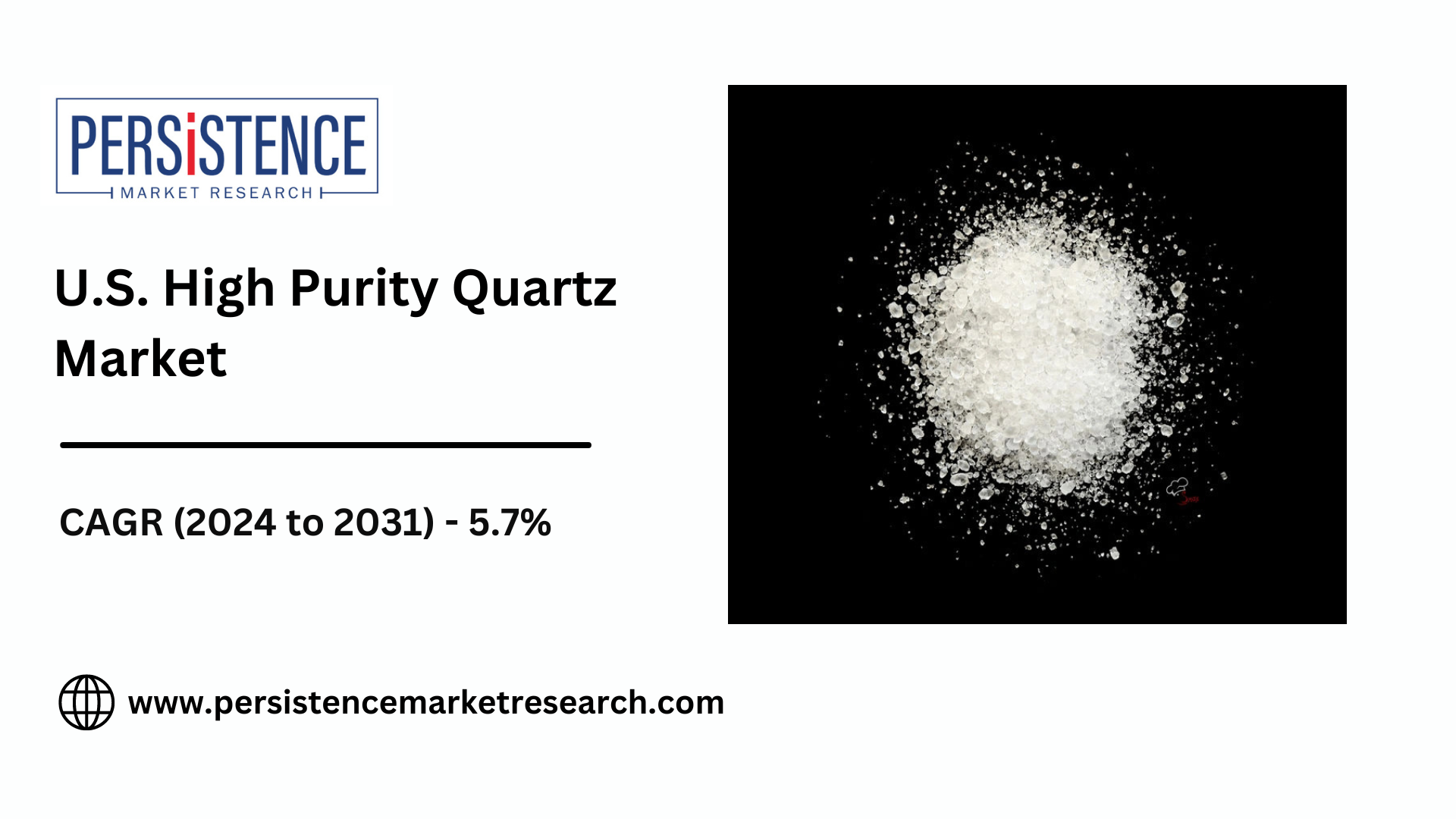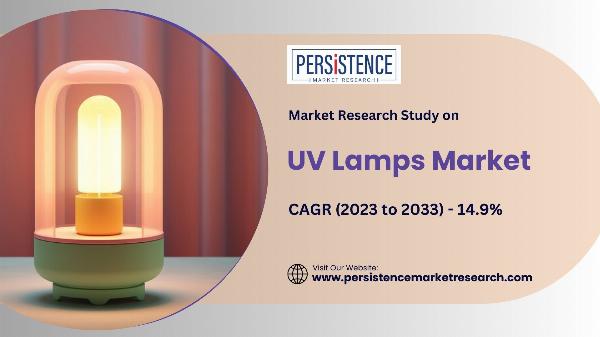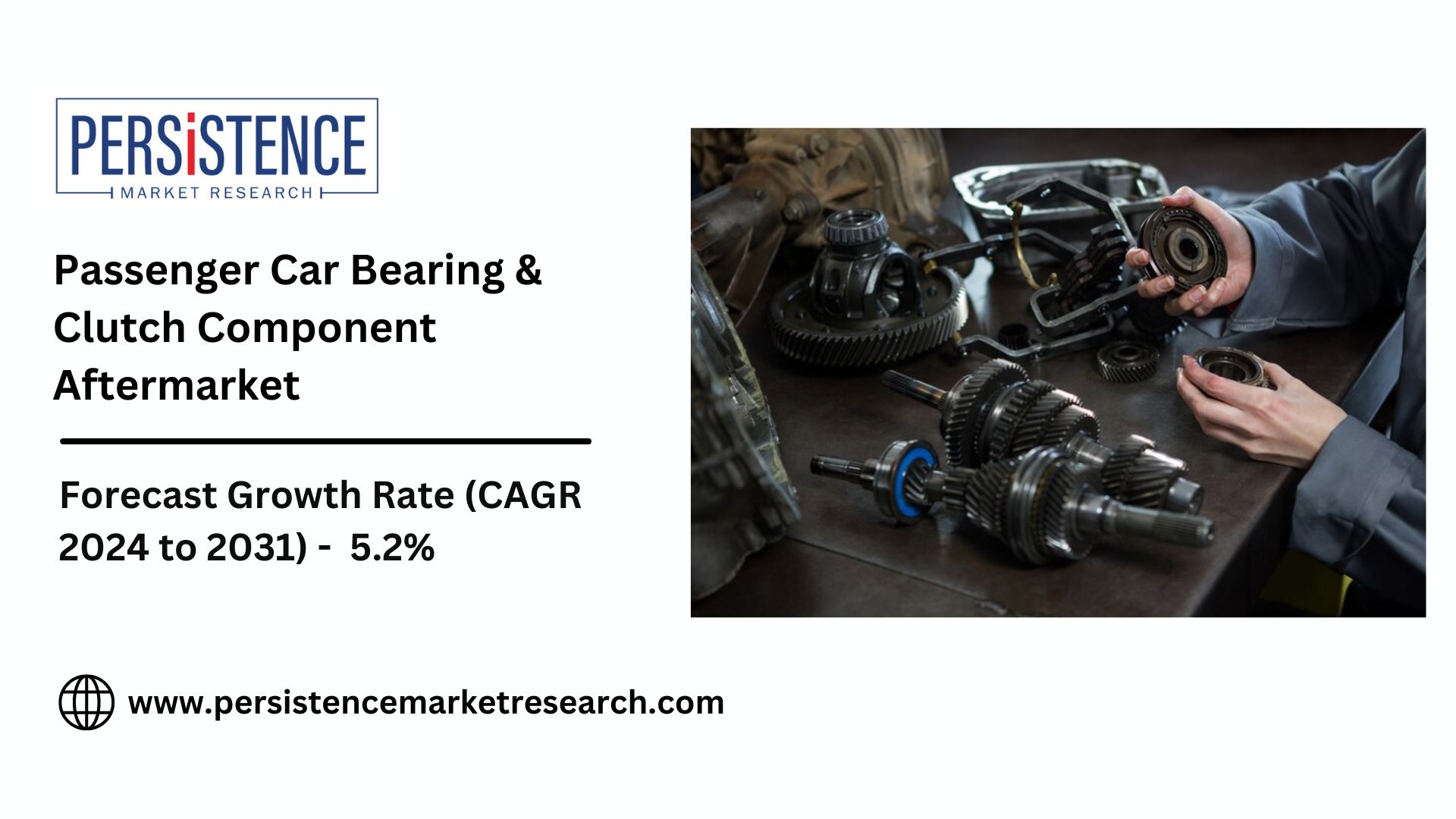 White Hat Link Building – Safe. Powerful. Long-Term.
White Hat Link Building – Safe. Powerful. Long-Term.
HPA Demand to Rise with 16.4% CAGR Driven by LED, EVs, and Semiconductors
Written by Pooja » Updated on: June 17th, 2025 131 views

The global high purity alumina (HPA) market is forecasted to grow from US$ 5.5 billion in 2025 to US$ 18.2 billion by 2032, with a CAGR of 16.4%. Driven by the transition to energy-efficient lighting and increased demand in semiconductors, LED applications, and electric vehicles (EVs), HPA is gaining importance. Asia Pacific leads the market, accounting for 73.5% of the share, largely due to its dominance in LED production and EV manufacturing. The hydrolysis technology, offering high purity at lower costs, is expected to drive growth, while the LED segment is projected to capture over 50% of the market by 2024, fueled by government policies promoting energy-efficient solutions.
The global High Purity Alumina (HPA) market is poised for exponential growth, with projections indicating a compound annual growth rate (CAGR) of 16.4% between 2025 and 2032. This surge is being driven by the rising demand for advanced materials across industries such as LED lighting, electric vehicles (EVs), and semiconductors. As the world transitions to energy-efficient technologies and sustainable solutions, HPA has emerged as an essential component in the production of cutting-edge devices and systems. This article explores the critical factors behind the market's growth, the driving industries, and the future outlook for HPA demand.
The Role of HPA in LED, EV, and Semiconductor Industries
High Purity Alumina, characterized by its exceptional thermal, mechanical, and electrical properties, has become indispensable in manufacturing advanced technologies. Its applications span several industries, with three sectors—LED lighting, electric vehicles, and semiconductors—leading the charge.
LED Lighting: The Bright Future of Energy Efficiency
The global shift toward energy-efficient lighting solutions has catapulted the demand for LEDs, which consume significantly less power than traditional lighting options. HPA is a vital material in LED production, specifically in sapphire substrates used for growing LED chips. With governments worldwide incentivizing energy-efficient technologies, the LED market is experiencing a boom, directly driving the need for high-quality HPA.Electric Vehicles: Powering the Green Revolution
The electric vehicle revolution is reshaping the global automotive industry, with HPA playing a crucial role in EV battery production. HPA is used as a coating material for lithium-ion battery separators, enhancing the battery's safety, performance, and longevity. As countries implement stricter emission regulations and promote EV adoption, the demand for lithium-ion batteries—and thus HPA—is expected to rise exponentially.Semiconductors: Enabling the Digital Era
Semiconductors are the backbone of modern electronics, from smartphones to advanced computing systems. HPA is essential in manufacturing semiconductors, as it is used in the production of wafers and other critical components. The semiconductor industry’s continuous evolution, driven by the adoption of AI, IoT, and 5G technologies, is a significant driver of HPA demand.
Key Drivers of HPA Market Growth
Several factors are contributing to the robust growth of the HPA market, creating opportunities for manufacturers and investors alike.
Technological Advancements in HPA Production
Innovations in HPA production techniques have made the material more accessible and cost-effective. New manufacturing processes, such as hydrolysis of aluminum alkoxide, are enabling producers to achieve higher purity levels with greater efficiency. These advancements are crucial in meeting the stringent quality requirements of industries like electronics and EVs.Rising Demand for Renewable Energy Solutions
The global push for renewable energy is increasing the need for energy storage systems, where HPA-coated separators are vital. From solar power storage to wind energy systems, the adoption of clean energy technologies is creating a ripple effect across the HPA market.Government Policies and Incentives
Governments worldwide are implementing policies and offering subsidies to promote energy-efficient technologies and sustainable practices. These initiatives are driving the adoption of LEDs, EVs, and other applications that rely heavily on HPA.Consumer Preferences for Sustainable Products
Consumers are increasingly opting for products that align with sustainability goals. From electric vehicles to energy-efficient lighting, consumer demand is influencing industries to adopt materials like HPA, which enable the production of environmentally friendly technologies.
Regional Insights: Asia Pacific Leading the Surge
The Asia Pacific region is emerging as the dominant force in the global HPA market, accounting for a significant share of the demand. With a CAGR of 16.4%, Asia Pacific is expected to maintain its leadership position, driven by the following factors:
Manufacturing Powerhouse
Countries like China, Japan, and South Korea are global leaders in manufacturing LEDs, semiconductors, and EV batteries. These nations have established robust supply chains and production capabilities that depend heavily on HPA.Government-Led Initiatives
Governments across Asia Pacific are implementing policies to encourage the adoption of energy-efficient and renewable technologies. China’s ambitious green energy goals and Japan’s commitment to reducing carbon emissions are key drivers of HPA demand in the region.Rising EV Adoption
Asia Pacific is home to some of the largest EV manufacturers in the world, including China’s BYD and Japan’s Toyota. The rapid adoption of electric vehicles in the region is significantly contributing to the growth of the HPA market.
Competitive Landscape: Key Players and Market Strategies
The HPA market is highly competitive, with key players adopting innovative strategies to capture market share. Major companies like Altech Chemicals, Orbite Technologies, and Sumitomo Chemicals are investing heavily in research and development to enhance their production capabilities and product offerings.
Expansion of Production Facilities
Leading manufacturers are establishing new production facilities to meet the rising demand for HPA. For instance, companies are setting up plants in Asia Pacific to leverage the region’s cost advantages and proximity to key markets.Strategic Partnerships and Collaborations
Collaborations between HPA producers and end-use industries are becoming increasingly common. These partnerships enable manufacturers to tailor their products to specific applications, enhancing their value proposition.Focus on Sustainability
As industries prioritize sustainability, HPA producers are aligning their strategies with green practices. This includes adopting environmentally friendly production methods and reducing the carbon footprint of their operations.
Future Outlook: Opportunities and Challenges
The HPA market is set to witness remarkable growth, driven by advancements in technology and increasing demand across various sectors. However, challenges such as high production costs and supply chain constraints could impact the market’s trajectory.
Opportunities in Emerging Markets
Emerging economies in Southeast Asia, Africa, and Latin America present significant growth opportunities for the HPA market. As these regions industrialize and adopt green technologies, the demand for high-quality materials like HPA will rise.Need for Cost-Effective Solutions
While HPA demand is growing, its high production costs remain a challenge. Innovations in manufacturing techniques and the development of alternative raw materials could help address this issue, making HPA more accessible to a broader range of industries.Sustainability as a Growth Driver
The global shift toward sustainability is expected to create new opportunities for HPA producers. As industries prioritize energy-efficient and environmentally friendly solutions, the demand for HPA will continue to grow.
Conclusion
The global High Purity Alumina market is on a transformative journey, with a projected CAGR of 16.4% from 2025 to 2032. The increasing adoption of LEDs, electric vehicles, and semiconductors is driving unprecedented demand for HPA, making it a cornerstone of modern technology and sustainability. With Asia Pacific leading the charge and advancements in production technologies paving the way for cost-effective solutions, the future of the HPA market is bright. As industries and governments continue to invest in energy-efficient and green technologies, high purity alumina will remain at the forefront of this global transformation.
Note: IndiBlogHub features both user-submitted and editorial content. We do not verify third-party contributions. Read our Disclaimer and Privacy Policyfor details.
Copyright © 2019-2025 IndiBlogHub.com. All rights reserved. Hosted on DigitalOcean for fast, reliable performance.

















